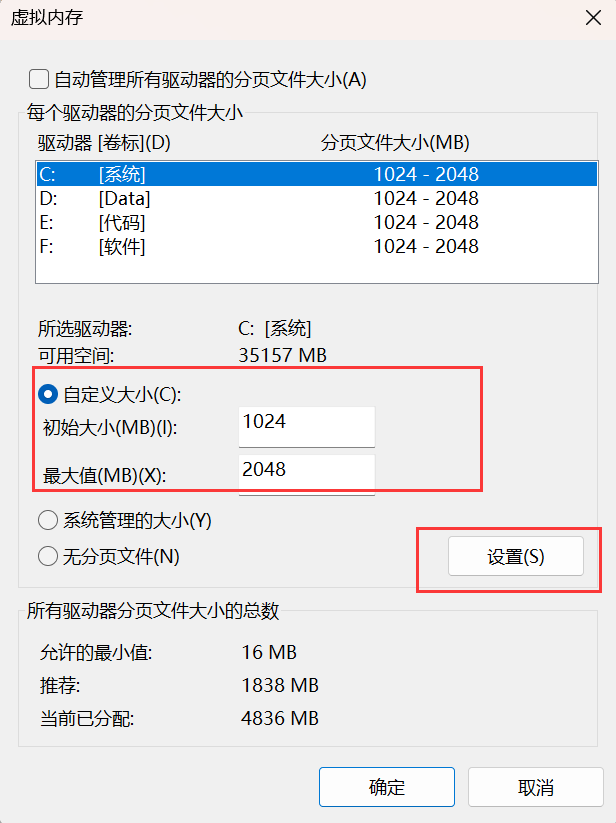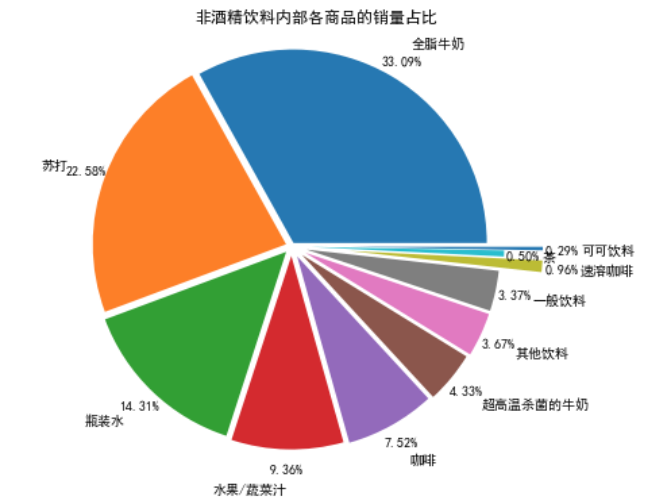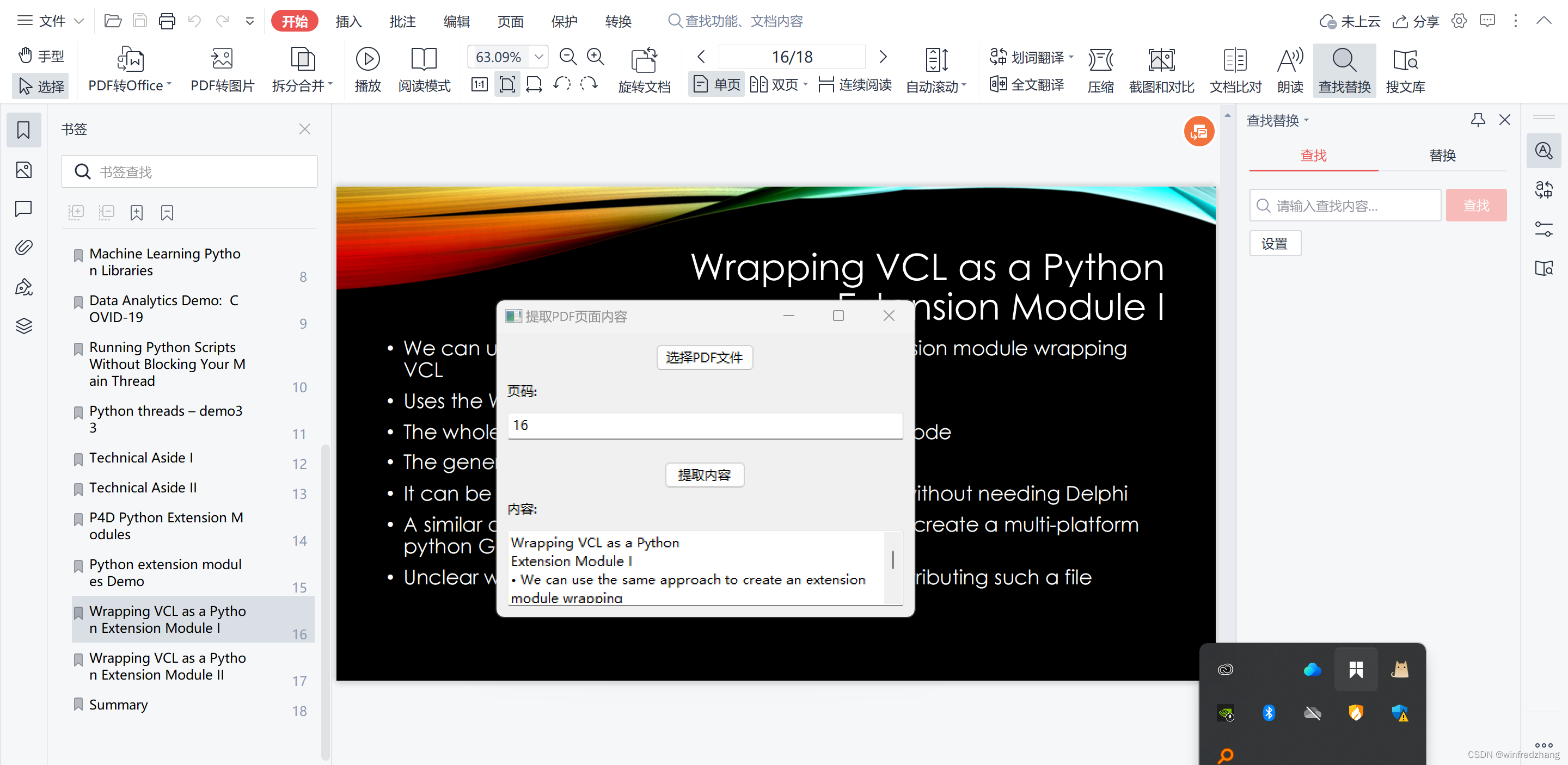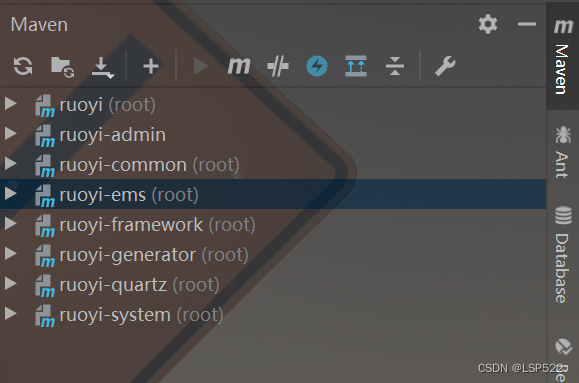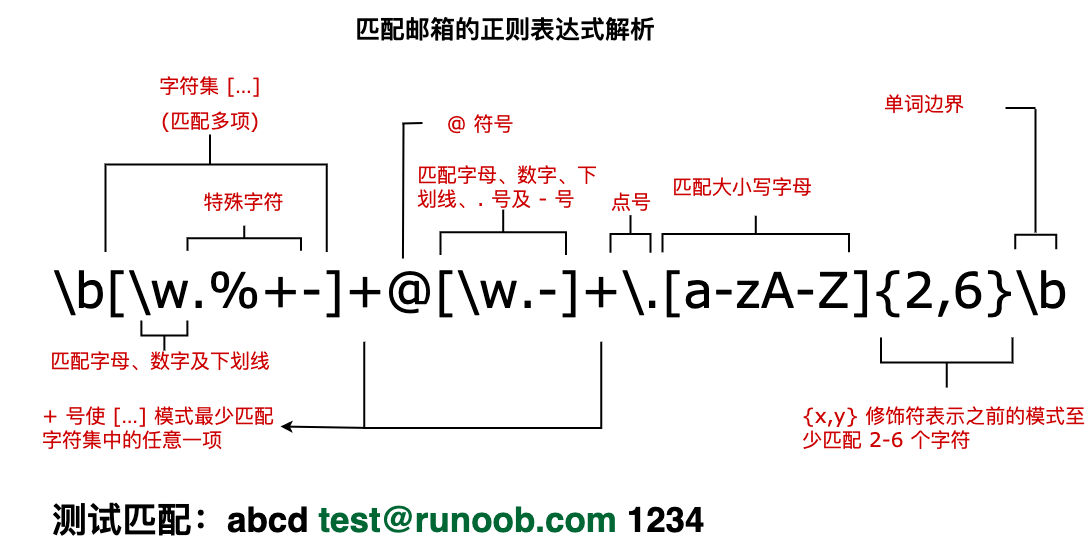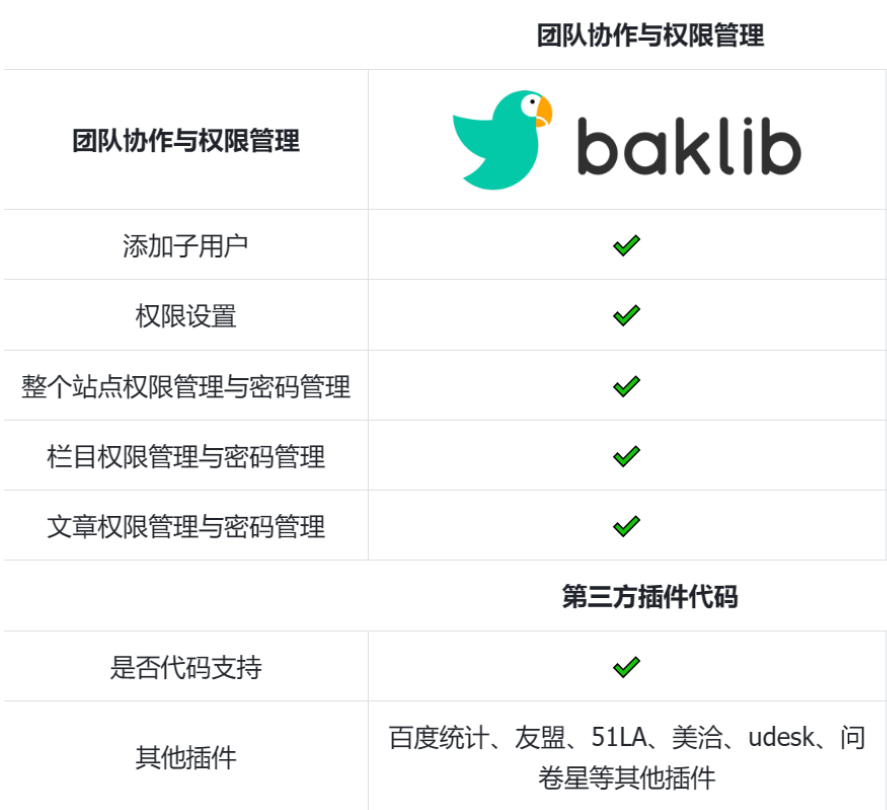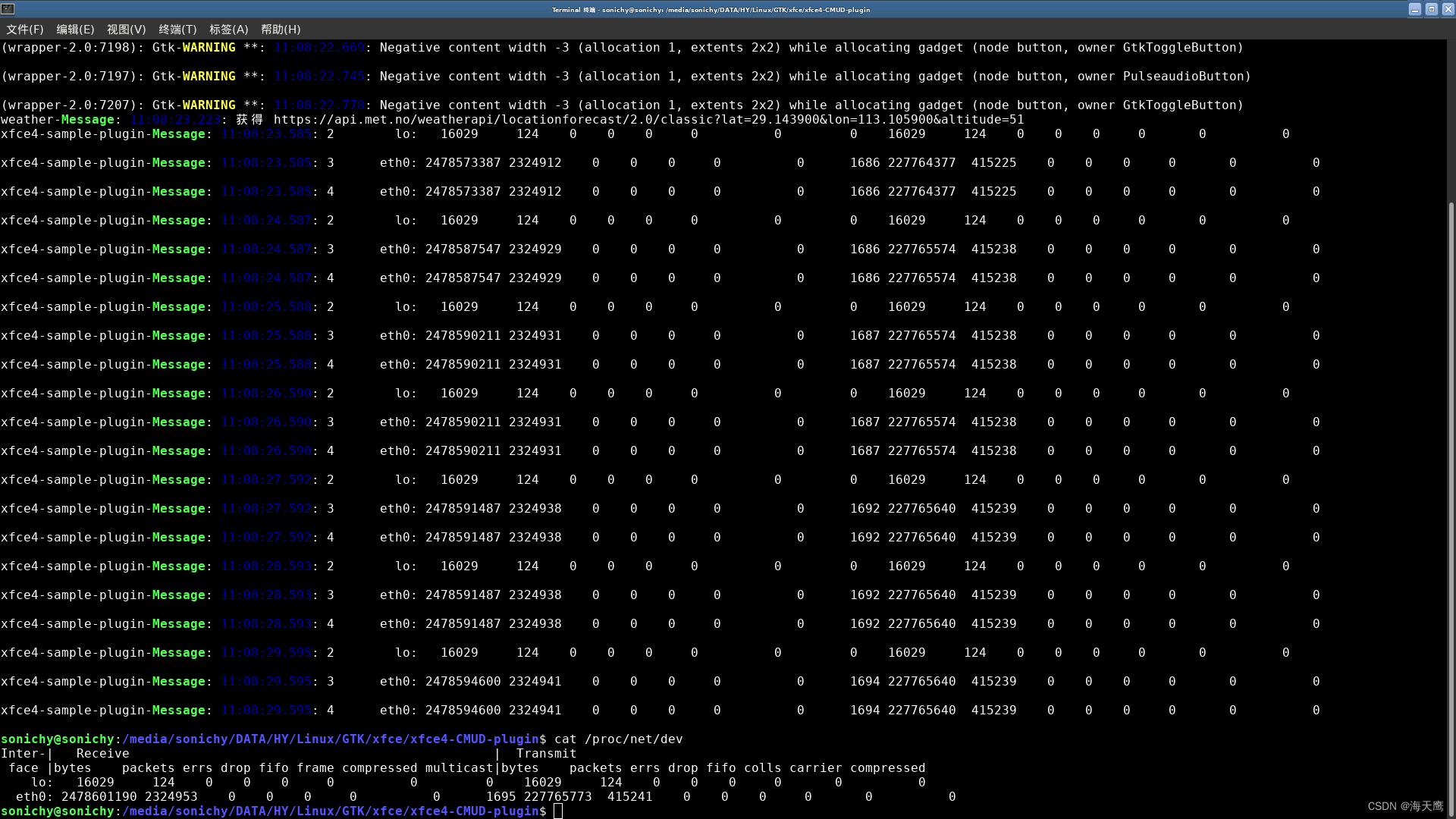目录
833. 字符串中的查找与替换
题目描述:
实现代码与思路:
哈希表 + 模拟
原理思路:
833. 字符串中的查找与替换
题目描述:
你会得到一个字符串 s (索引从 0 开始),你必须对它执行 k 个替换操作。替换操作以三个长度均为 k 的并行数组给出:indices, sources, targets。
要完成第 i 个替换操作:
- 检查 子字符串
sources[i]是否出现在 原字符串s的索引indices[i]处。 - 如果没有出现, 什么也不做 。
- 如果出现,则用
targets[i]替换 该子字符串。
例如,如果 s = "abcd" , indices[i] = 0 , sources[i] = "ab", targets[i] = "eee" ,那么替换的结果将是 "eeecd" 。
所有替换操作必须 同时 发生,这意味着替换操作不应该影响彼此的索引。测试用例保证元素间不会重叠 。
- 例如,一个
s = "abc",indices = [0,1],sources = ["ab","bc"]的测试用例将不会生成,因为"ab"和"bc"替换重叠。
在对 s 执行所有替换操作后返回 结果字符串 。
子字符串 是字符串中连续的字符序列。
示例 1:
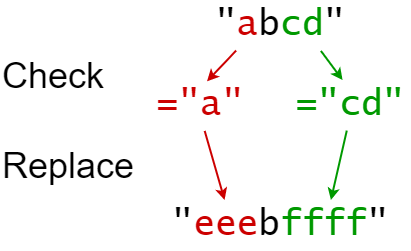
输入:s = "abcd", indexes = [0,2], sources = ["a","cd"], targets = ["eee","ffff"] 输出:"eeebffff" 解释: "a" 从 s 中的索引 0 开始,所以它被替换为 "eee"。 "cd" 从 s 中的索引 2 开始,所以它被替换为 "ffff"。
示例 2:
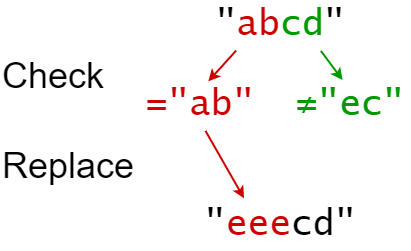
输入:s = "abcd", indexes = [0,2], sources = ["ab","ec"], targets = ["eee","ffff"] 输出:"eeecd" 解释: "ab" 从 s 中的索引 0 开始,所以它被替换为 "eee"。 "ec" 没有从原始的 S 中的索引 2 开始,所以它没有被替换。
实现代码与思路:
哈希表 + 模拟
若一个位置有多个匹配
class Solution {
public:
string findReplaceString(string s, vector<int>& indices, vector<string>& sources, vector<string>& targets) {
unordered_map<int, vector<int>> m;
string res = "";
for (int i = 0; i < indices.size(); i++)
m[indices[i]].push_back(i);
// 遍历
for (int i = 0; i < s.size();)
{
int flag = 0;
if (m.count(i)) // 存在从这里开始的替换
{
for (auto t: m[i]) // 一个位置可能有多个替换
{
// 相同
if (s.substr(i, sources[t].size()) == sources[t])
{
flag = 1;
res += targets[t];
i += sources[t].size(); // 移动
break;
}
}
}
if (flag == 0)
{
res += s[i];
i++;
}
}
return res;
}
}; 不过此题说了不重复,可以直接这样写:
class Solution {
public:
string findReplaceString(string s, vector<int>& indices, vector<string>& sources, vector<string>& targets) {
unordered_map<int, int> m;
string res = "";
for (int i = 0; i < indices.size(); i++)
m[indices[i]] = i;
// 遍历
for (int i = 0; i < s.size();)
{
if (m.count(i)) // 存在从这里开始的替换
{
int t = m[i];
if (s.substr(i, sources[t].size()) == sources[t])
{
res += targets[t]; // 替换
i += sources[t].size(); // 移动
continue;
}
}
res += s[i];
i++;
}
return res;
}
};原理思路:
map储存idx位置和sources,target的下下标,然后模拟即可。
